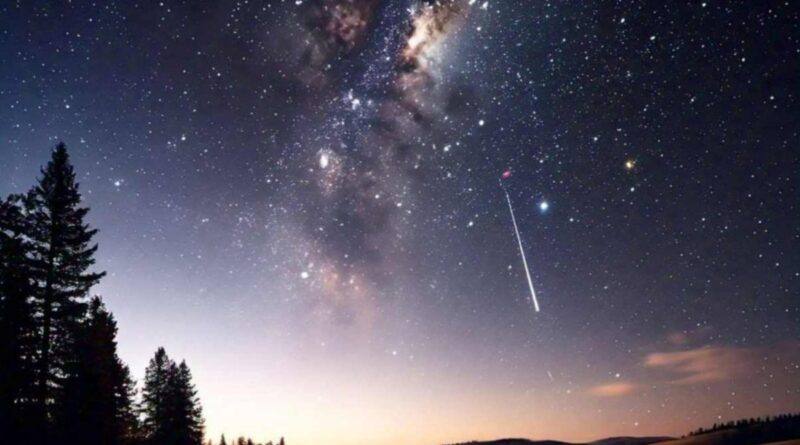Watching Quadrantid: First Of The Fascinating Meteor Showers In 2025
People are expected to see supermoons, planetary procession, and more as the world opens a new year. First among the celestial events will be the Quadrantids, the first meteor shower of 2025.
One of the few triggered by asteroid debris, bright fireballs from the shower started blazing across our sky Dec. 26 and should still be seen through Jan. 16. Their busiest hours will be on Thursday night into Friday morning. Forecast to be among the greatest showers this year, the Quadrantids are best seen from the Northern Hemisphere. But chilly temperatures, gloomy clouds, and a brief peak—just six hours—will make them challenging to see.
Using a meter based on Global Meteor Network data can help you to approximate when to view. It displays real-time increases in fireball activity levels.
How to See a Meteor Shower?
Director of public observation at the Adler Planetarium in Chicago, Michelle Nichols, advised the media against using binoculars or telescopes when viewing a meteor shower.
“You just need your eyes and, ideally, a dark sky,” she said. That’s so viewing equipment can restrict your field of view as meteors can fly across vast swathes of the sky.
The American Meteor Society claims some showers are intense enough to generate up to 100 streaks each hour; you probably won’t see many.
“Almost everybody is under a light-polluted sky,” Nichols added. “You could think you live under a dark sky, but in fact, even in a small town, you could have brilliant lights close by.”
Maps, local astronomy groups, or even planetariums might help you find somewhere away from too strong light. A clear sky free of moon or cloud cover, at some point between midnight and sunrise, is the greatest environment for catching a meteor shower. (Moonlight eliminates fainter sources of light in the sky, therefore influencing vision in the same manner as light pollution.) Give your eyes at least thirty minutes to get dark vision adjusted.
Nichols also advises, even in the summer, donning layers. “You will be sitting there observing for quite some time,” she continued. Even in August, “It’s going to get chilly.”




